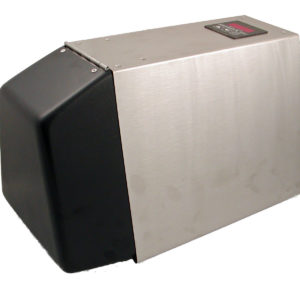he Mini-Beadbeater-24 can also be used for dry grinding. Here, steel beads are added to hard samples such as hair, bone, teeth, seeds and minerals and are powdered in 10-60 seconds of operation. Resistant materials such as tendon, cartilage, rubber or some plastics can be powdered by pre-freezing the sample to liquid nitrogen temperatures (cryo-grinding), then grinding in the hard frozen state. Dry-grinding requires using special microvials resistant to breakage. When dry grinding with ceramic or steel beads at room temperature our ‘XXTuff’ microvials are recommended. Our Stainless steel microvials are available for dry grinding with steel beads at cryo-temperatures.
Buying Tips….
SHAKING TIME: If you are harvesting expressed proteins, for example, you need close to 100% cell disruption. But, if you want nucleic acids for PCR amplification, perhaps a partial disruption of cells is acceptable. Some manufacturers claim disruption times of less than 30 seconds. That may be fine for PCR work, but not for blotting.
SHAKING SPEED: Some manufacturers of beadbeaters (bead-mill) machine offer speed settings expressed in an ill-defined term: meters/second. The term combines measurable shaking speeds with vial displacements to create a unit presumed to define cell disruption power. Unfortunately, no unit is available that comprehensively defines cell disruption efficiency of bead mill grinding machines. Were it to exist, such a term would need to take into consideration not only shaking speed and distance of vial displacement, but also shaking direction (vertical vs.horizontal), shaking pattern (linear vs.figure eight), kinetics of change in shaking direction (sigmoidal vs. square wave), vial size and shape and other engineering variables. Clearly, the interplay of these variables is complex. They must be taken into consideration in the design of a high performance cell disrupter machine and, as might be expected, some machines achieve this goal better than others. Additionally, most published protocols rarely call for shaking speeds below the maximum shaking speed available from the machine. Thus, speed control, when available, can be viewed as a ‘bell and whistle’ feature.





